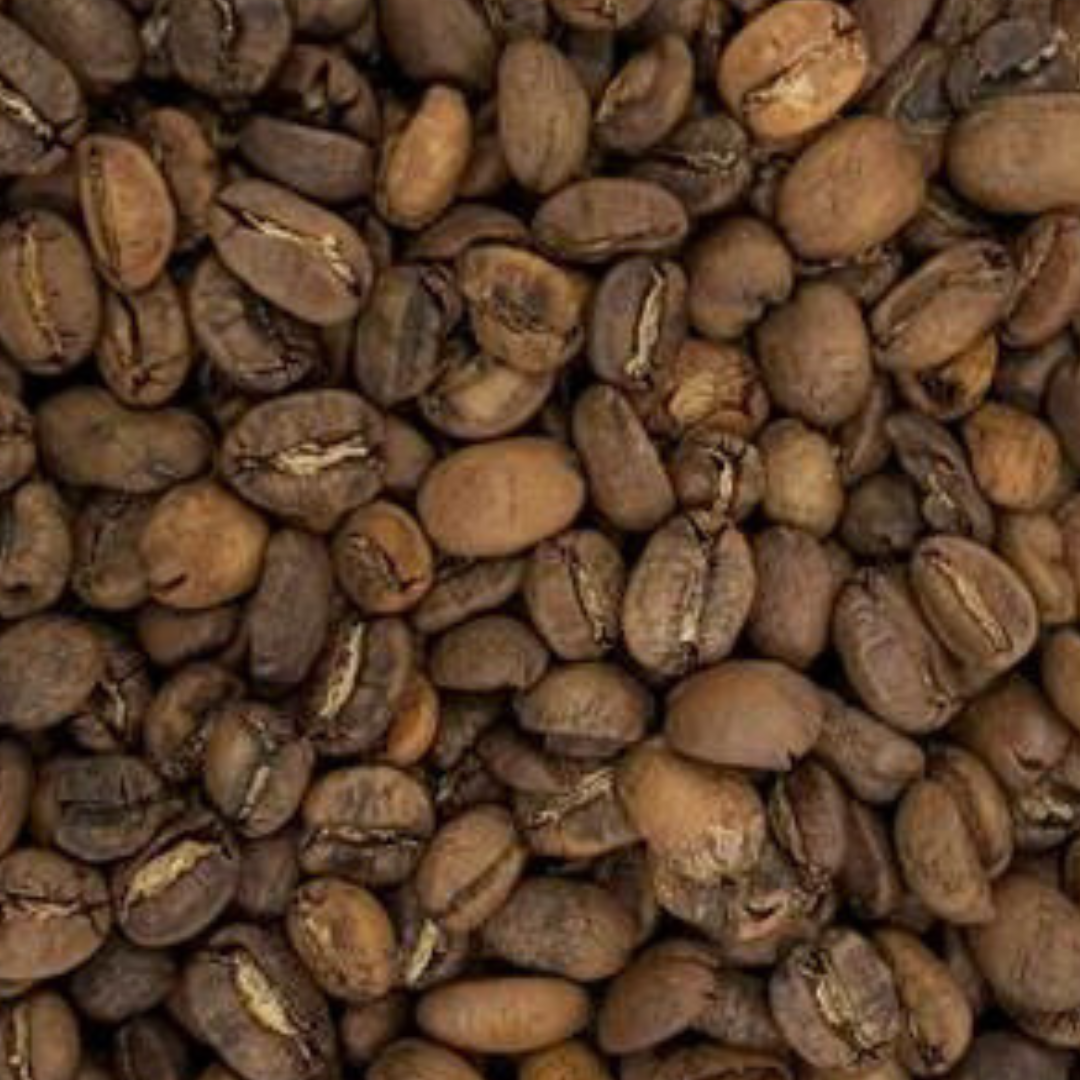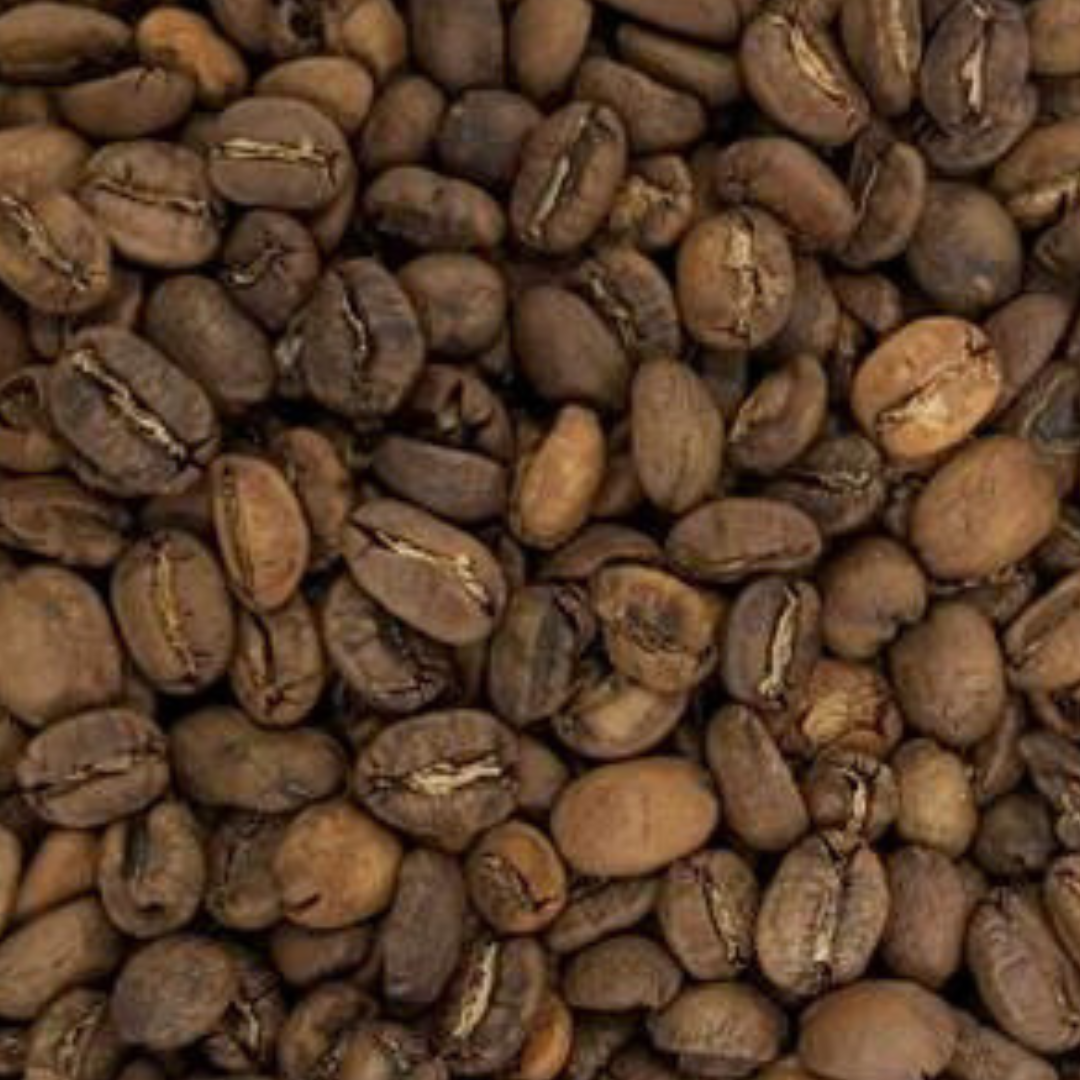The Aroma That Brings Us Home: A Story of Taste and Tradition
Imagine this: it’s early morning, the sky still a soft indigo. You take that first sip of coffee—rich, smooth, a little earthy—and suddenly, you’re transported. That cup didn’t come from just anywhere. It came from the highlands of Indonesia, where generations of farmers have turned soil, rain, and tradition into liquid gold.
But here’s the big question: what is the best Indonesian specialty coffee?
Ask five people, and you’ll get five answers. That’s because each Indonesian coffee—from the mystical Mandailing to the world-famous Kopi Luwak—tells its own story. Let’s dive into the most iconic brews and help you discover the one that speaks to your soul (and your palate).
Kopi Luwak: From Civet to Cup
The Coffee That Sparked Controversy—And Curiosity
Kopi Luwak isn’t just coffee—it’s a conversation starter. Harvested from beans that have passed through the digestive system of the Asian palm civet, this rare brew is one of the world’s most expensive coffees.
But is it worth the hype?
Flavor profile:
- Smooth and mellow
- Earthy with chocolate and caramel notes
- Subtle spice and herbal aftertaste
How to enjoy it:
Drink it black or with a touch of sugar. Skip the milk—it masks the delicate nuances.
Did you know?
Wild-collected beans can fetch up to $1,300 per kilogram. However, concerns over animal welfare have sparked global conversations. If you’re curious, opt for ethically sourced, certified kopi luwak.
Toraja Coffee: The Queen of Sulawesi
Where Mountains and Myth Create Magic in Every Cup
High in the misty highlands of Sulawesi, the Toraja people have been cultivating coffee for centuries. Revered in Japan as the “Queen of Coffee,” Toraja coffee offers a deep, spiritual drinking experience.
Flavor profile:
- Full-bodied
- Low acidity
- Notes of chocolate, spice, tobacco, and herbs
Brewing tip:
Use a French press or pour-over to highlight its complex character.
Think of it like a glass of vintage wine—bold, elegant, unforgettable.
Aceh Gayo Coffee: A Journey Through Flavor
From Conflict to Cultivation: A Resilient Bean with Depth
Born in the hills of northern Sumatra, Aceh Gayo coffee carries a powerful story of peace, resilience, and culture. Thanks to its unique wet-hulling method, the beans get a bluish-green hue and an unforgettable taste.
Flavor profile:
- Heavy body
- Low acidity
- Deep notes of chocolate, earth, and wood
Best brewed with:
A siphon or moka pot. Add milk if you like—but it’s just as delightful on its own.
Bonus trivia:
Aceh’s high altitude (1,000–1,700 meters) contributes to the slow maturation and richer flavor.
Mandailing Coffee: The Unsung Hero of Sumatra
A Sip of Warm Spice and Rustic Charm
If you like your coffee smooth with a touch of sweetness and spice, Mandailing coffee might be your soulmate. Grown in western Sumatra, this Arabica gem offers a cozy, well-rounded profile.
Flavor profile:
- Medium body
- Low acidity
- Notes of brown sugar, cocoa, and nutmeg
Perfect with:
A Turkish ibrik or AeroPress. Enjoyed best during rainy days and reflective moods.
📌 Read more: Exploring Indonesia Specialty Coffee Suppliers: A World of Richness in Every Cup
So, Which One is Truly the Best?
That depends on you.
Are you drawn to bold, earthy richness? Go for Aceh Gayo.
Prefer sweet and smooth? Try Mandailing.
Want an exotic experience? Kopi Luwak.
Craving complexity with tradition? Choose Toraja.
The best Indonesian specialty coffee is the one that fits your mood, your moment, and your memory.
Ready to Taste the Legacy?
Indonesian coffee isn’t just a beverage—it’s a journey through culture, climate, and craft. Explore these legendary brews, support ethical sourcing, and find the one that speaks to your soul.
So, tell us: Which Indonesian coffee makes your heart skip a beat?
















